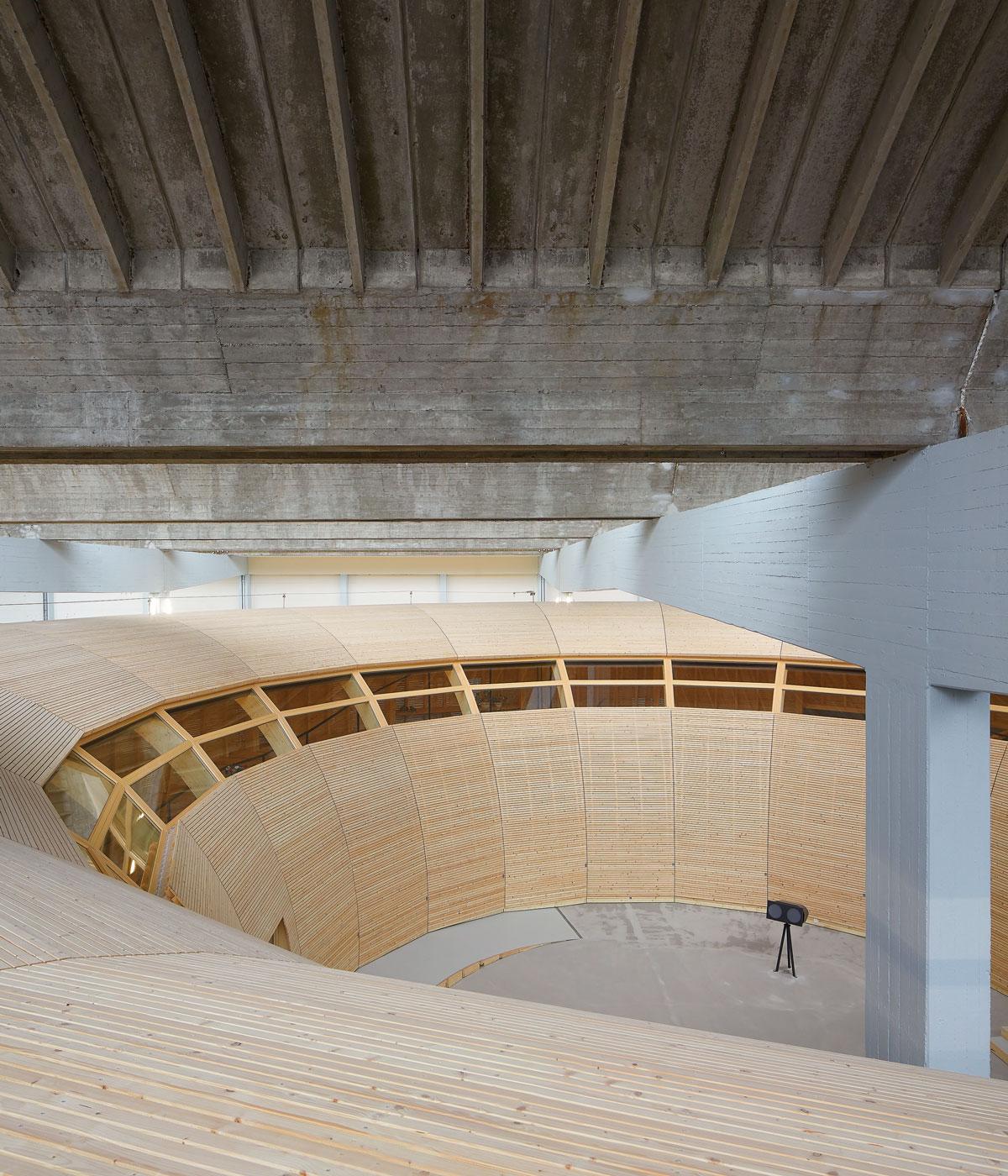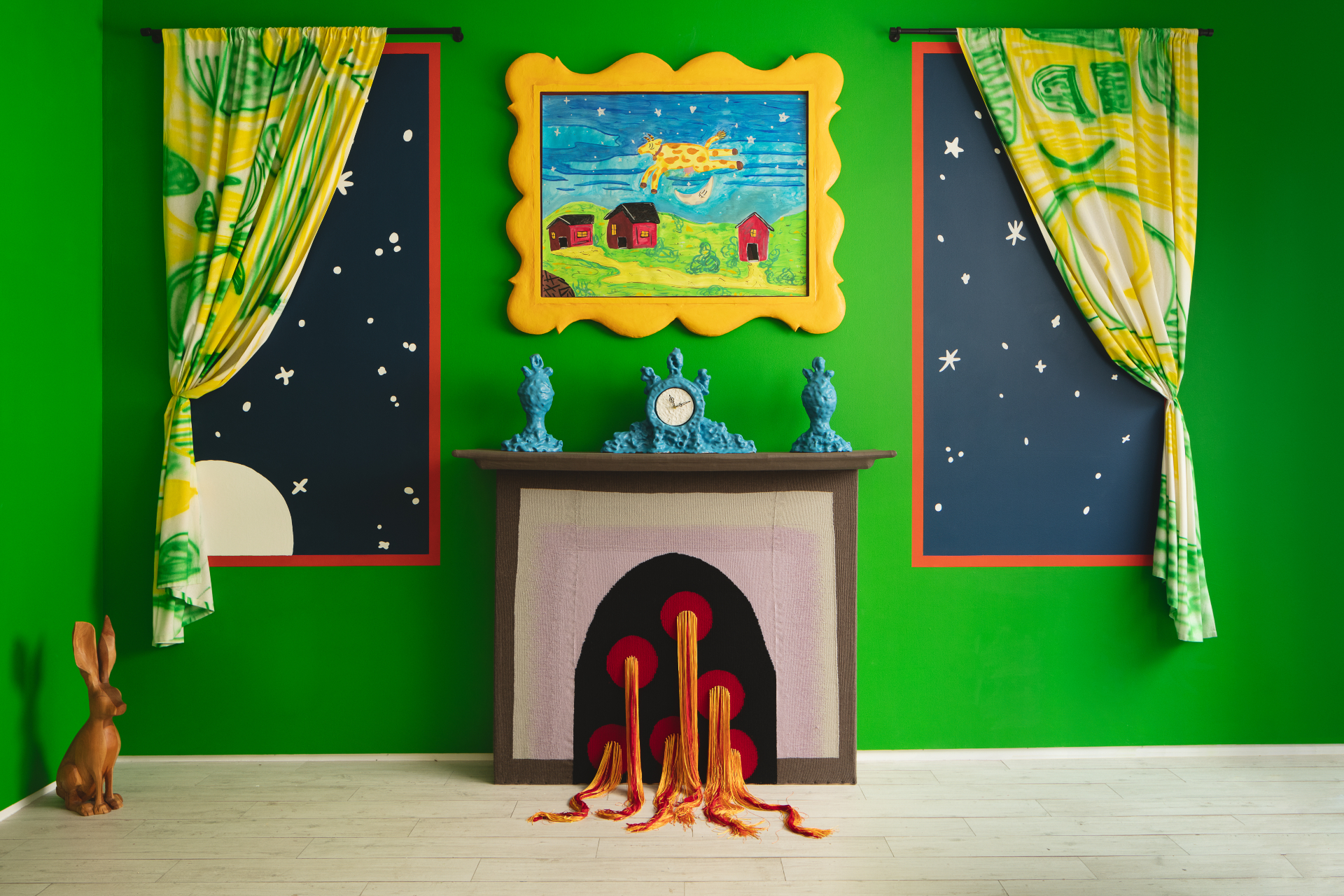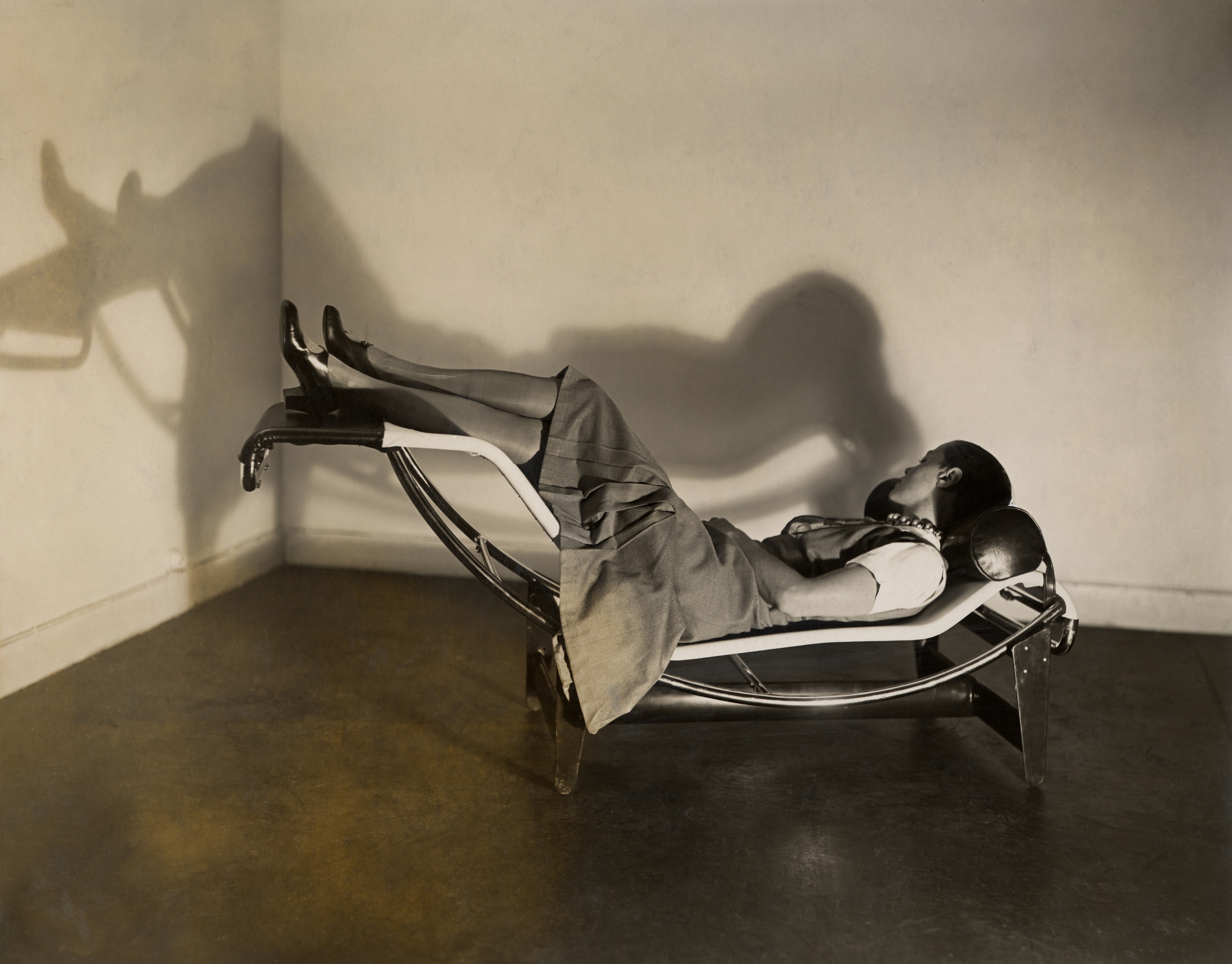‘Design not for children, but for everyone’: Jewish Museum Berlin’s new play space
Olson Kundig architecture and design practice brings kids’ play space ANOHA Children’s World to life inside a vast former wholesale flower market, at the Jewish Museum Berlin

The new ANOHA Children’s World, at the the Jewish Museum Berlin, is a vast new children’s play space designed with adults firmly in mind too. Situated in a former wholesale flower market in the Kreuzberg district, it converts the story of Noah’s Ark into a rich and interactive playground.
The wooden ark, designed by US-based Olson Kundig architecture and design practice, sits at an impressive 7m tall and measures 28m in diameter. It is surrounded by 150 wooden animal sculptures, setting a scene for the children to interpret as they wish.


When designing a children’s play space, says Olson Kundig design principal Alan Maskin, ‘the most important consideration is to not design for children but to design for everyone. Research supports the idea that children have their most memorable museum experiences when shared with family and friends. As a designer, my goal is to get parents to put down their cell phones and play alongside their children. ANOHA is intended to be as interesting, engaging and compelling to adults as to the very young, and to make play irresistible to all ages.’
It is a philosophy reflected in the design of the space, which intertwines play with functionality – children get around by slides, on climbing structures and workbenches. They can build their own boat and test it in a flood simulator, develop their own animals from organic materials and learn about the composting process through interactive games.
Throughout, children have full control. ‘Children, as a construct of being cared for by adults and having their parents manage all aspects of their lives, have few opportunities for control and personal choice,’ points out Maskin. ‘Here the design gives them that sense of agency and control over how and where they choose to play. Function manifested as play is embedded in the ways children have fun.


INFORMATION
Wallpaper* Newsletter
Receive our daily digest of inspiration, escapism and design stories from around the world direct to your inbox.
Hannah Silver is the Art, Culture, Watches & Jewellery Editor of Wallpaper*. Since joining in 2019, she has overseen offbeat design trends and in-depth profiles, and written extensively across the worlds of culture and luxury. She enjoys meeting artists and designers, viewing exhibitions and conducting interviews on her frequent travels.
-
 This striking Spanish house makes the most of a tricky plot in a good area
This striking Spanish house makes the most of a tricky plot in a good areaA Spanish house perched on a steep slope in the leafy suburbs of Barcelona, Raúl Sánchez Architects’ Casa Magarola features colourful details, vintage designs and hidden balconies
By Léa Teuscher Published
-
 David Rockwell’s Milan Design Week presentation is a love letter to cork
David Rockwell’s Milan Design Week presentation is a love letter to corkRockwell Group’s Casa Cork installation showcases this under-appreciated material, which is infinitely recyclable and sequesters carbon for decades
By Anna Solomon Published
-
 Neko Health expands in London with a new Spitalfields site. We take a scan
Neko Health expands in London with a new Spitalfields site. We take a scanWhat’s it like to experience Neko Health’s ultra-high-tech health scanning system? Wallpaper* went under the laser lights to find out
By Jonathan Bell Published
-
 Rimowa Design Prize set to celebrate student innovation
Rimowa Design Prize set to celebrate student innovationThe new Rimowa Design Prize is launching in collaboration with 15 universities, celebrating both student innovation and German design
By Martha Elliott Last updated
-
 Yinka Ilori and Lego’s launderette celebrates play and community
Yinka Ilori and Lego’s launderette celebrates play and communityCreated in collaboration with Lego, Yinka Ilori’s pop-up Launderette of Dreams installation (until 6 November 2021) is a colourful celebration of play
By Rosa Bertoli Last updated
-
 Saul Steinberg: behind the scenes at Triennale Design Museum
Saul Steinberg: behind the scenes at Triennale Design MuseumTriennale Design Museum and publishing house Electa present ‘Saul Steinberg Milano New York’, a new exhibition (until 13 March 2022) that pays homage to the American artist through 350 works. Join us for a behind-the-scenes peek at it's installation
By Rosa Bertoli Last updated
-
 Ten years of Muller Van Severen, at Design Museum Ghent
Ten years of Muller Van Severen, at Design Museum GhentA new exhibition by Belgian design duo Muller Van Severen (until 6 March 2022) features a retrospective of the studio’s ten years as well as a curation of pieces from the Design Museum Ghent collections
By Rosa Bertoli Last updated
-
 Noguchi show celebrates his reverence for Greece
Noguchi show celebrates his reverence for GreeceDesign show ‘Objects of Common Interest: Hard, Soft, and All Lit Up with Nowhere to Go’ opens in collaboration with Wallpaper* Designers of the Year, Objects of Common Interest, at the Noguchi Museum in Queens, New York (until 13 February 2022)
By Tilly Macalister-Smith Last updated
-
 A landscape of playful animals pops up at Design Museum Holon
A landscape of playful animals pops up at Design Museum HolonChild-centric designer Sarit Shani Hay presents an imaginary natural landscape that references Ron Arad's Design Museum Holon architecture and is inhabited by soft, cushioned sea lions, seals and bears
By Rosa Bertoli Last updated
-
 Step inside children's book Goodnight Moon in this immersive New York exhibition
Step inside children's book Goodnight Moon in this immersive New York exhibitionNew York collective Fort Makers presents Goodnight House, a collection of furniture and objects inspired by the popular children's book Goodnight Moon and its iconic, colorful interiors
By Rosa Bertoli Last updated
-
 Charlotte Perriand’s life and work explored at London’s Design Museum
Charlotte Perriand’s life and work explored at London’s Design MuseumLondon’s Design Museum presents ‘Charlotte Perriand: The Modern Life’, an exhibition turned the spotlight on one of the most iconic creators of the 20th century
By Rosa Bertoli Last updated